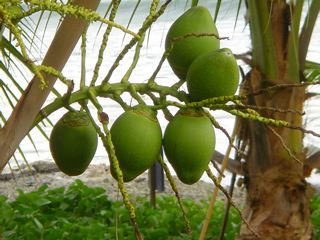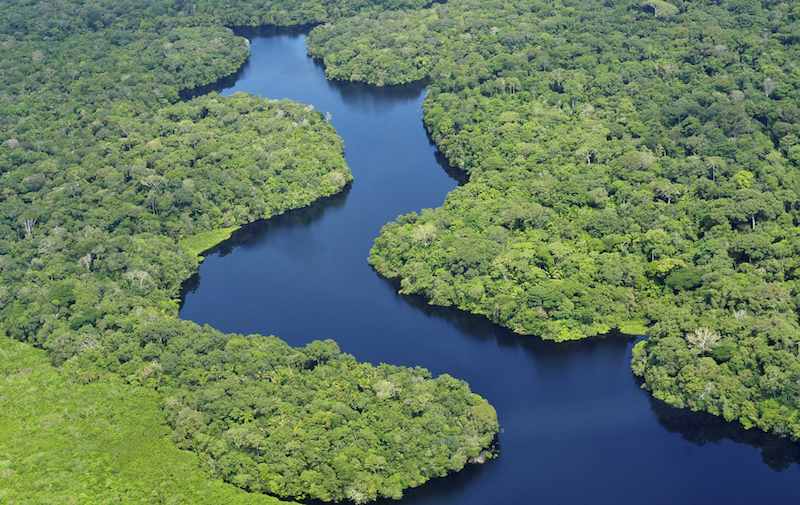On June 6, 2006, the Brazilian government announced the creation of protected areas of the Amazon rainforest totaling 6.2 million acres, including The Juruena National Park, now the third-largest park in Brazil.
The Amazon is the world’s largest river basin and the source of one-fifth of the earth’s fresh water. It has the world’s highest diversity of birds and freshwater fish, as well as the planet’s largest rainforest, which is home to more than one third of all species.
The Amazon’s ecosystem currently is threatened by illegal logging, slash-and-burn agriculture and other human activities, and forests are being destroyed at an alarming rate.
Brazil’s decree was a big step in the ARPA plan. It established The Juruena National Park, the third-largest park in Brazil (4.7 million acres) and the Rio Iriri Extractive Reserve, an additional 1 million acres adjacent to Terra do Meio.





















